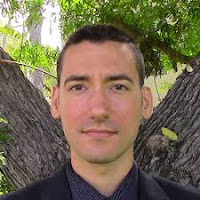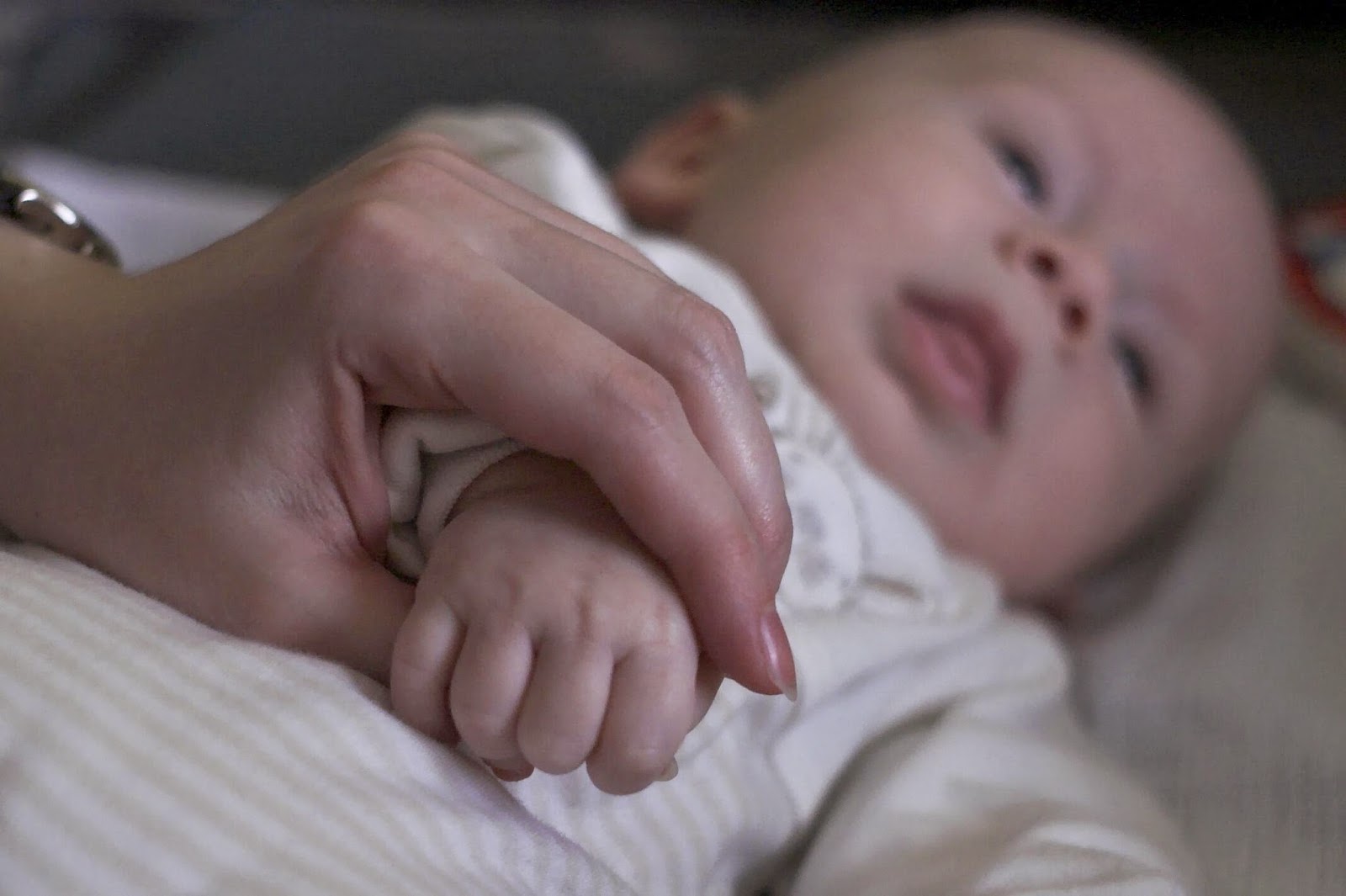Grace for the Catholic Heart.
His parents picked him up and tried again to help him walk. It was no use.
Doctors had been telling the Lutters to institutionalize five-year old Billy
for some time. This was 1939 and institutionalization was commonly advised for
children with physical and mental disabilities.
struggled with the decision to send Billy away. “This was back in the
Depression. Things were tough all around,”says Fred Lutter, Billy’s older
brother by two years. “I was a very tearful situation.” Their hearts
breaking, the Lutters drove Billy from their home outside of Chicago to a state
facility 200 miles away. They visited regularly for a year. But administrators,
worried that such meetings upset the residents, advised them to stop coming.
left like that was very traumatic,” says Fred. “I felt very sad to see my
parents in such turmoil.”
had their own children. Everybody thought
about Billy, but his name was not spoken. Billy’s parents grew old and, as they
aged, grew infirm. They had done what they thought was best for Billy, but his
absence had left a gaping, raw wound for the family.
turn thirty-five years later. It began when Julie Hess signed up her six-year
old daughter Jenny, who had Down Syndrome, for a religious-education program
for the disabled. Sadly, Jenny never had
a chance to take a class. She died shortly afterward.
program that she’d hoped her daughter might enjoy. By
1987, she had become a full-time employee of the Archdiocese of Chicago’s
Special Religious Education Division.
man with a white mustache and gray hair. His records labeled him mildly
retarded. He suffered from cerebral palsy and needed a walker to get around.
His hearing was bad, but he knew a bit of sign language.
Though he could only say a handful of words, he was a good communicator. And he
radiated cheerfulness. Bill was especially religious. He wore a cross around his neck and enjoyed
being in church. He took part
enthusiastically in the sacraments.
Hess. “God is a present in his life, bringing him peace and a reason to
hope.”
family. Hess determined to find at least
one family member but the group home told her that Bill had no family. Julie
Hess was determined. As the years passed, she took up Billy’s cause with
renewed passion. By now it was 1993. Finally, an administrator gave Hess a name
and phone number. The suburban number was for Kathy Dever, Bill’s sister.
Billy. His sisters, Kathy and Bonnie
knew next to nothing. “My brother
said he was a vegetable,” says Kathy, “and that it was best that we
didn’t see him.” You have to understand the times,” says Kathy. “People ask us, ‘How could your parents
give him up?’ There was no schooling like there is today. No way would they do the same thing
today. But things are different
today.”
Billy. What was he like? Was it possible to bring him back to the
family? It was the fear of the unknown, not knowing what to expect that Fred
said kept him from initiating contact.
On the day of the meetings, Fred brought a photo of their mother. Bill studied
the photo. Hess realized the challenge, “Bill understands family, but how
do we get him to understand this is his mother?”
“His face suddenly changed and lit up like a light bulb,” says
Hess. He nodded and got excited.”
Fred was his brother. Hess put the photo
by Bill and signed “mother” and placed the photo by Fred and signed
“mother”. An amazed look
rushed over his face.
called me when he was little,” Fred said. That night, Fred called his
sister Kathy. “I just met my
brother,” Fred sobbed.
time for Bill to meet his mother. It happened on Mother’s Day in the church
basement where they embraced for the first time in 50 years.
inseparable, at least emotionally.
“They saw each other, held hands and never let go, at least
figuratively,” says Hess. “She
was so happy when they were together.”
“She felt so relieved to have her family back again.”
family. He has bonded with his
great-nephews and great-nieces.
elder brother has retired. Being near
the clouds on the plane ride stirred his religious feelings. “He pointed at the clouds and made the
sign of the cross,” Kathy says. “He thought we were up by
Jesus.”
pleasant group home in a suburb closer to his sisters. “This has changed
his life entirely,” says Hess.
whole life, and now they’ve become real.”
For more inspiration, check out Big Hearted: Inspiring Stories From Everyday Families. Follow Patti at Twitter and like her Facebook pages at Dear God Books, Big Hearted Families and Catholic News & Inspiration on Facebook. Sign up at the right column to receive articles in your inbox. God bless you!







